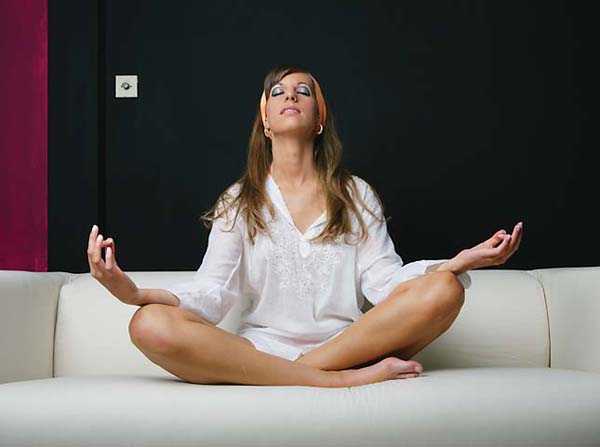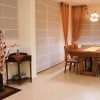
Ever walk into a space and have an instant negative reaction? You may feel cramped or uncomfortable, stifled or overexposed. You may end up feeling nothing at all; think of the last hotel room you visited. If your own home or workspace makes you feel confined, anxious or even impassively empty, it may be time to take inspiration from the 6000-year-old Indian practice of Vastu.
The custom of Vastu is described by the people of India as their own science of architecture and design. Called “yoga for the home” by Kathleen Cox, a Vastu consultant based in New York, Vastu is design concerned with our relationship to the natural universe. It is based on harmony and peace.
Vastu 101
Vastu, or Vaastu Shastra, is the Sanskrit word for site, building or house. It’s considered to be the oldest architectural system, originating in the Vedic civilization as early as 6,000 years ago and was the inspiration behind Chinese feng shui. Unlike feng shui, which can be superstitious about the placement of objects, Vastu is somewhat instinctive, organizing elements in relation to energy currents of the Earth based on orbit and rotation. It is a universal and intuitive way to design. According to Martin Gluckman, author of Sthapatya Veda: Design That Heals, Chitchen Itza in Mexico, The Great Pyramid of Giza, Maccu Piccu and Cuzco in Peru all followed the base principals of Vaastu Shastra in their construction.
There are three main principles in Vastu: honor the basic five elements – space, air, fire, water and earth; respect nature and all forms of existence; celebrate our selves and our special identities.
Interior Elements
An ideal Vastu home is one that follows the rules 60% to 80% of the time, but if you have a space that’s even just 51% Vastu, you’ll notice a comfortable improvement. By following a few guidelines, you can apply these principles to your home, rooms and individual workspaces and create a calming space that is welcoming and relaxing.
Vastu science applies itself to the entire site, then to the building, then the individual room, even down to a specific workspace within the room. Everything is oriented according to an energy grid, typically 9×9. In order to honor the elements, each element is given a quadrant within this grid and that helps determine furniture placement.
Simply put, place your low, delicate and lightweight furnishings in the northeast. This allows the morning sun, with its sense of calm and renewal, to enter the space unobstructed. Place heavier and taller furnishings in the southwest, anchoring your space and giving you strength.
To respect nature, allow for ample natural light and fresh air. Incorporate plants and flowers inside your house and workspace. Not only are they giving you fresh oxygen, plants are a reminder that we are connected with nature and our responsibility to maintain our environment.
Using organic and environmentally friendly products is a natural way to embrace nature in your home. Choose paints with no VOCs and buy used or vintage furniture that has off-gassed already. It’s pretty easy with today’s green movement to find furniture and building materials that are healthy for us and the environment.
Celebrating ourselves in our own homes seems like a no-brainer, but it is amazing the effort people go to in order to make their homes seem impersonal. Do not purchase mock books to stack next to fake plants and vases bought simply to fill a niche. Instead, display things that reflect you and your lifestyle. Feature photographs and souvenirs, display things that are well loved, use your favorite books as décor. When you chose to highlight objects and memories that are important to you, your space will reflect your energy and well-being.
Throughout the millennia and across the globe, Vastu has survived as a clean, simple way to organize your home and workspace. The current renewal of interest in Vastu highlights that it is a timeless and flexible science of design, one that respects the environment and adapts to any location. So move that bookcase, buy a plant, sit yourself down in Lotus position and let your energy flow.












